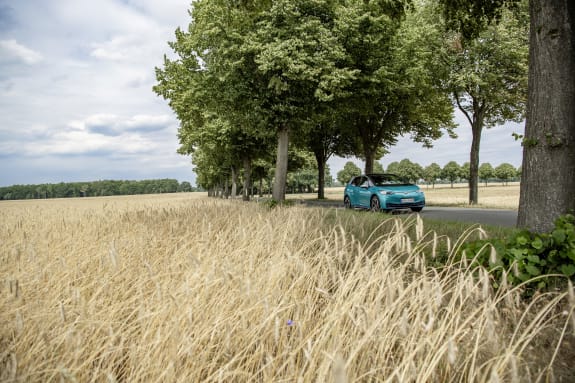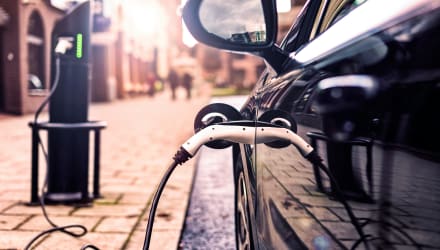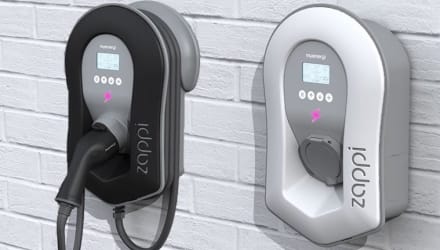In Summary
We trust you've found this guide to electric car range useful. Most modern electric cars enjoy excellent range on a single charge.
For your daily driving, just get in, drive, come home, plug into your charging point, and have a full tank of electricity to start the next day. Unless you are going on a long trip, you shouldn't need to charge during the day at all.
If you can't charge at home, check out our guide dedicated to charging in public.
If you frequently do long journeys, consider leasing an EV with a long range version like a Mercedes EQS, Tesla Model S, BMW i7, Mercedes EQE, Ford Mustang Mach-E, Polestar 3, Tesla Model 3, Lotus Eletre, BMW iX, BMW i4, Cupra Born or Skoda Enyaq iV.
To spend a bit less, but still benefit from solid range, try the Fiat 500e, Audi Q4 e-tron, MG ZS EV, Vauxhall Mokka-e, Peugeot e-2008 or e-208, Citroen e-C4, or the MG MG5.
If you usually just do short trips around town – and don't require tons of range – look at one of the stylish, compact, city electric cars like the Honda e, Ora Funky Cat, or Mini Electric.





![RWD 4dr Auto [2024]](https://cdn.imagin.studio/getImage?customer=selectcarleasing&angle=1&aspectRatio=1.76&bodySize=4&countryCode=GB&fileType=webp&groundPlaneAdjustment=0.0&make=TESLA&modelFamily=MODEL%203&modelRange=MODEL%203%20SALOON&modelVariant=Saloon&modelYear=2024&paintDescription=Premium%20-%20Ultra%20red&paintId=192185&powerTrain=Electric&transmission=Automatic&trim=default&width=440&zoomLevel=70)
![1.6 E-Tech FHEV 145 Techno Esprit Alpine 5dr Auto [2025]](https://cdn.imagin.studio/getImage?customer=selectcarleasing&angle=1&aspectRatio=1.76&bodySize=5&countryCode=GB&fileType=webp&groundPlaneAdjustment=0.0&make=RENAULT&modelFamily=SYMBIOZ&modelRange=SYMBIOZ%20ESTATE&modelVariant=Estate&modelYear=2025&paintDescription=Special%20Metallic%20-%20Arctic%20white&paintId=92467&powerTrain=Hybrid&transmission=Automatic&trim=Techno%20Esprit%20Alpine&width=440&zoomLevel=70)
![157kW Allure 73kWh 5dr Auto [2025]](https://cdn.imagin.studio/getImage?customer=selectcarleasing&angle=1&aspectRatio=1.76&bodySize=5&countryCode=GB&fileType=webp&groundPlaneAdjustment=0.0&make=peugeot&modelFamily=5008&modelRange=5008&modelVariant=sport%20utility%20vehicle&modelYear=2025&paintDescription=Additional%20metallic%20-%20Obsession%20blue&paintId=199627&powerTrain=electric&transmission=Automatic&trim=Allure&width=440&zoomLevel=70)
![1.5 E-Power E-4orce 213 Acenta Prem 5dr 7 St Auto [2024]](https://cdn.imagin.studio/getImage?customer=selectcarleasing&angle=1&aspectRatio=1.76&bodySize=5&countryCode=GB&fileType=webp&groundPlaneAdjustment=0.0&make=nissan&modelFamily=x-trail&modelRange=x-trail&modelVariant=sport%20utility%20vehicle&modelYear=2022&paintDescription=Metallic%20-%20Electric%20blue&paintId=13867&powerTrain=electric&transmission=Automatic&trim=eu&width=440&zoomLevel=70)

















